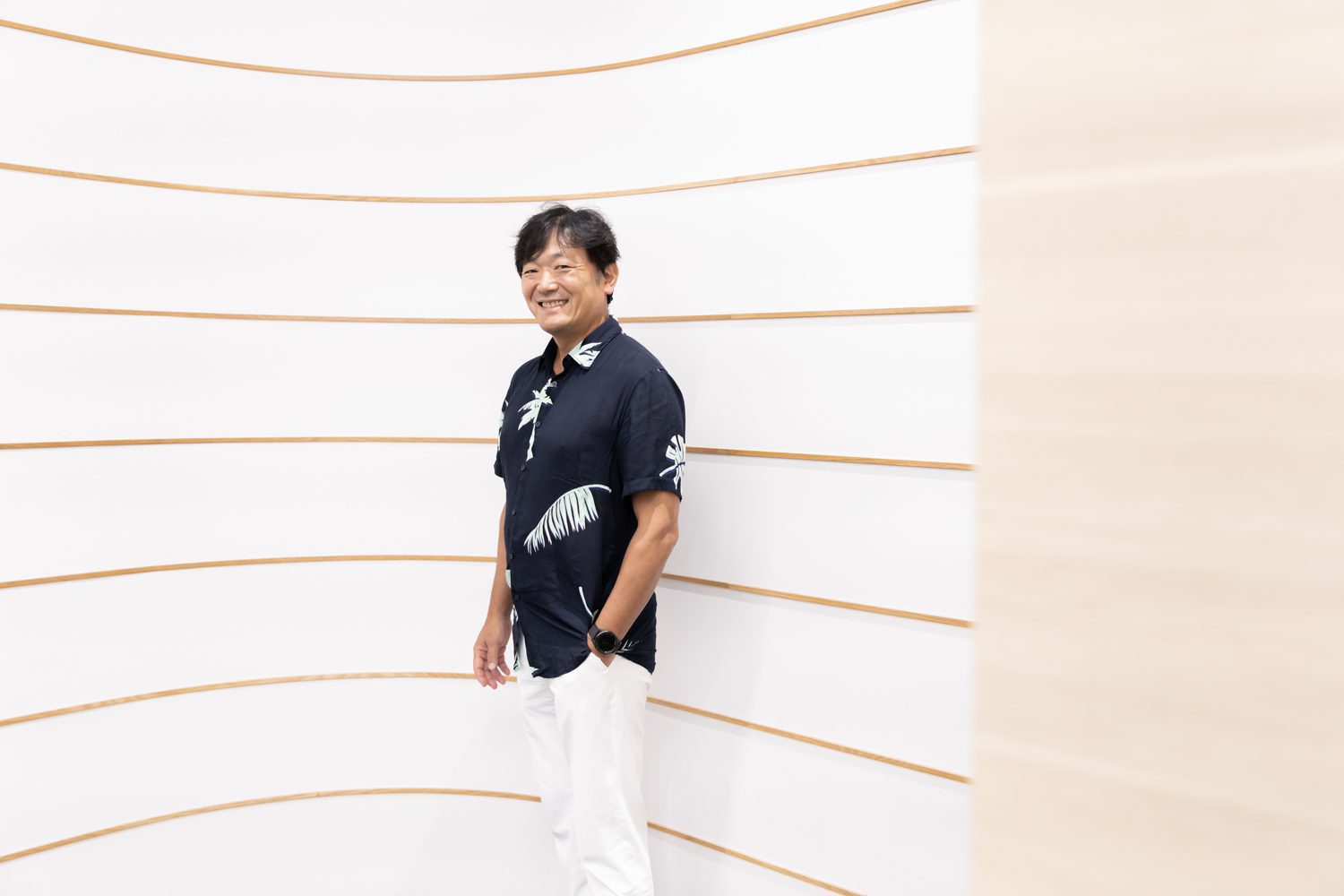art4d HAD A BRIEF CONVERSATION WITH KENTARO KIMURA, A CREATIVE AT HAKUHODO KETTLE INC. ABOUT THE CHANGING WORK PROCESSES AND THE ESSENCE OF CREATIVE WORK THAT AIMS TO TAKE THE WORLD TO A BETTER PLACE
TEXT: KITA THAPANAPHANNITIKUL
PHOTO CREDIT AS NOTED
(For Thai, press here)
On March 11, 2011, a massive earthquake devastated Japan’s east coast, resulting in the country’s worst seismic disaster in history. The loss and suffering caused by the catastrophe are incomprehensible to the victims and the rest of the world that witnessed the calamity unfold.
Over in Phuket, Thailand, the 2011 ADFEST was being held. Among the participants was Kentaro Kimura, a Japanese creative at Hakuhodo Kettle Inc. When Kimura learned about the disaster in his home country, he resolved to do something to provide mental support to those who had been affected by the disaster. Three days later, a short movie titled ‘Dear Japan, From Phuket’ was uploaded to YouTube with the help of a Thai cinematographer. The film includes interviews with Phuket residents on their losses from the 2004 tsunami and how they overcame the tragic experiences, as well as empathic smiles from the people who had to go through something similar. The entire video was a message, reassuring that one day everyone would find ways to be happy again.
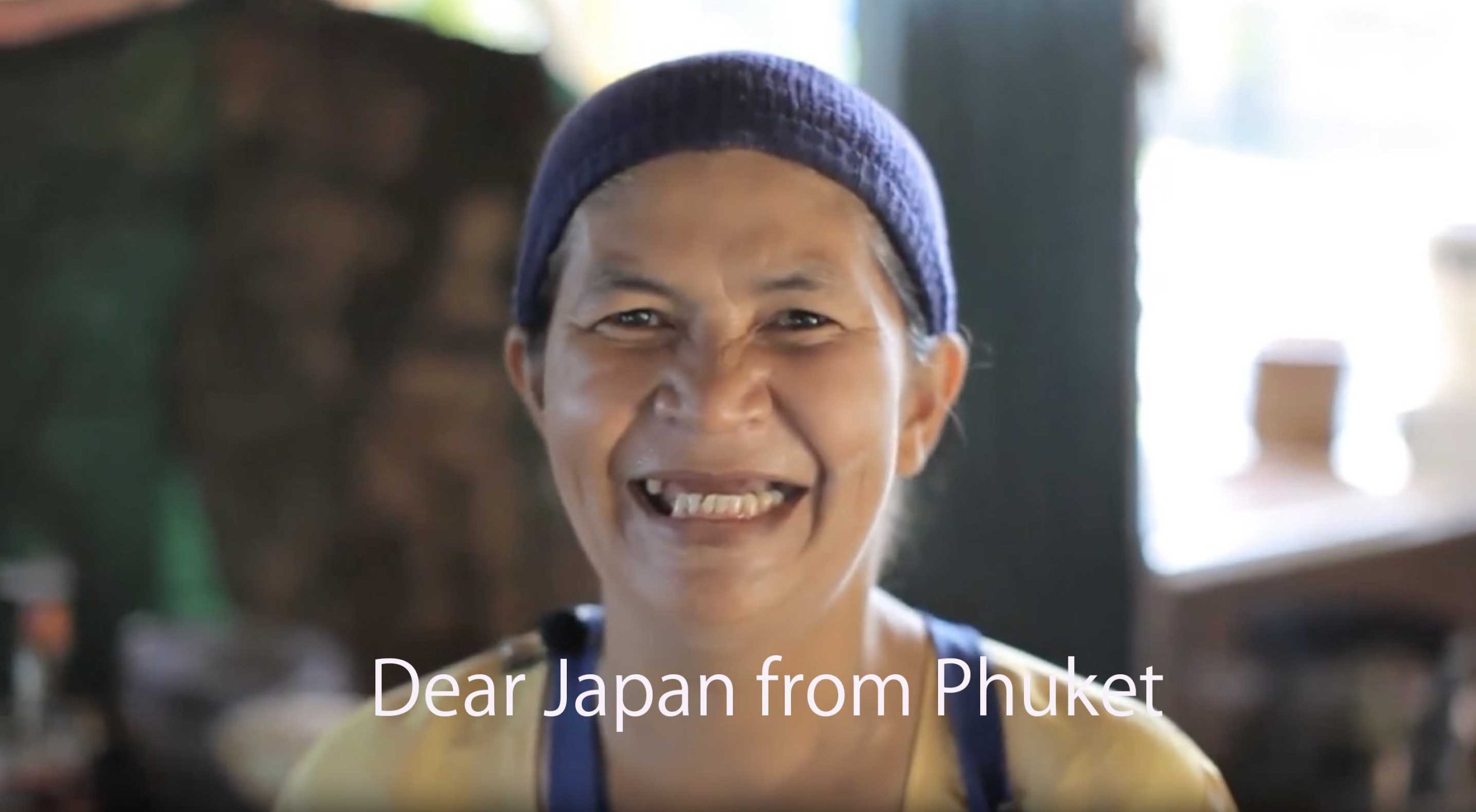
Dear Japan, From Phuket | Photo courtesy of Kentaro Kimura
The film gained support from 15 organizations and establishments and was chosen to be broadcast on television in afflicted areas. It later went on to win the Spikes Asia and ADFEST awards in 2012. The work is imbued with human spirit and exemplifies the power of creative advertising, which can serve far more than just commercial purposes but also has the potential to change the world for the better.
Other works by Kentaro Kimura contain unconventional and intriguing themes. The ten-second series, ‘The Stop Line of Love,’ he created for JMS, a distributor of vehicle accessories, was loaded with a sense of humor crafted to avoid the skip ad function. Color Tokyo, a Sony Bravia web campaign he created, enabled people to participate in changing the colors of the Sony office in Ginza.
On August 24th, the Creative Economy Agency (CEA) hosted CREATIVE BUSINESS CONNEXT in Bangkok, and Kentaro Kimura was asked to talk about his professional insights and experiences at the ‘Creative Unfold’ session, themed ‘VISIONAIRE: Reminisce/The Way Forward.’ Kimura shared his experiences working in the creative sector and with vernacular cultures in his talk titled ‘Unimagined Culture Solutions: A Global Journey into Future Creativity.’ art4d took the opportunity to have a brief conversation with Kentaro about his views on his creative career, the inspirations behind his ideas, the quintessence of advertising, and a fragment of his personal life.
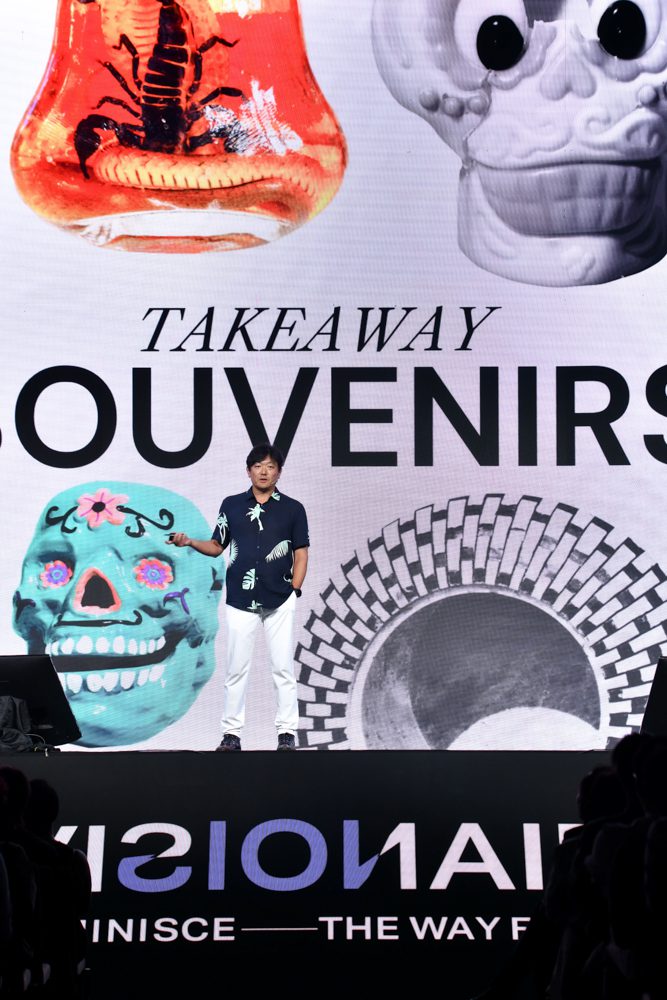
Photo courtesy of CEA
art4d: First and foremost, would you mind telling us about your work at Hakuhodo and the beginnings of Hakuhodo Kettle?
Kentaro Kimura: I am currently Hakuhodo Tokyo’s International Chief Creative Officer and Corporate Officer. In 1992, I began my career at Hakuhodo as a planner responsible for overseeing communication strategies, product development, and business strategies.
Most advertising companies used to work as independent units back then. Each unit would have its own duties and responsibilities. In general, a work process would start with a strategic planner developing a plan before handing it over to the creative team, who would be in charge of coming up with how to communicate ideas and messages. The media planner would then select the medium to be used before the design process for various promotional tools such as a website, campaign, TVC, and so on began. That was never my favorite work process. There were times when I wanted to do everything from start to finish. So I started to look for new methods that would allow me to do things differently. As a result, Hakuhodo Kettle was founded in 2006, with Koichiro Shima from public relations strategy (PR) and myself from strategic planning as the co-CEOs.
If we consider the typical work process for an advertising agency, strategic planning would be the initial phase and public relations would be the final. At Hakuhodo Kettle, we combine all processes and have evolved into a more creativity-driven agency. Such an approach certainly benefits our clients, allowing us to deliver more original and out-of-the-box solutions. The work is completed faster because, in the past, when a client came to us with a question, it was usually directed to the employees with that particular expertise to work things out, which can be time-consuming.
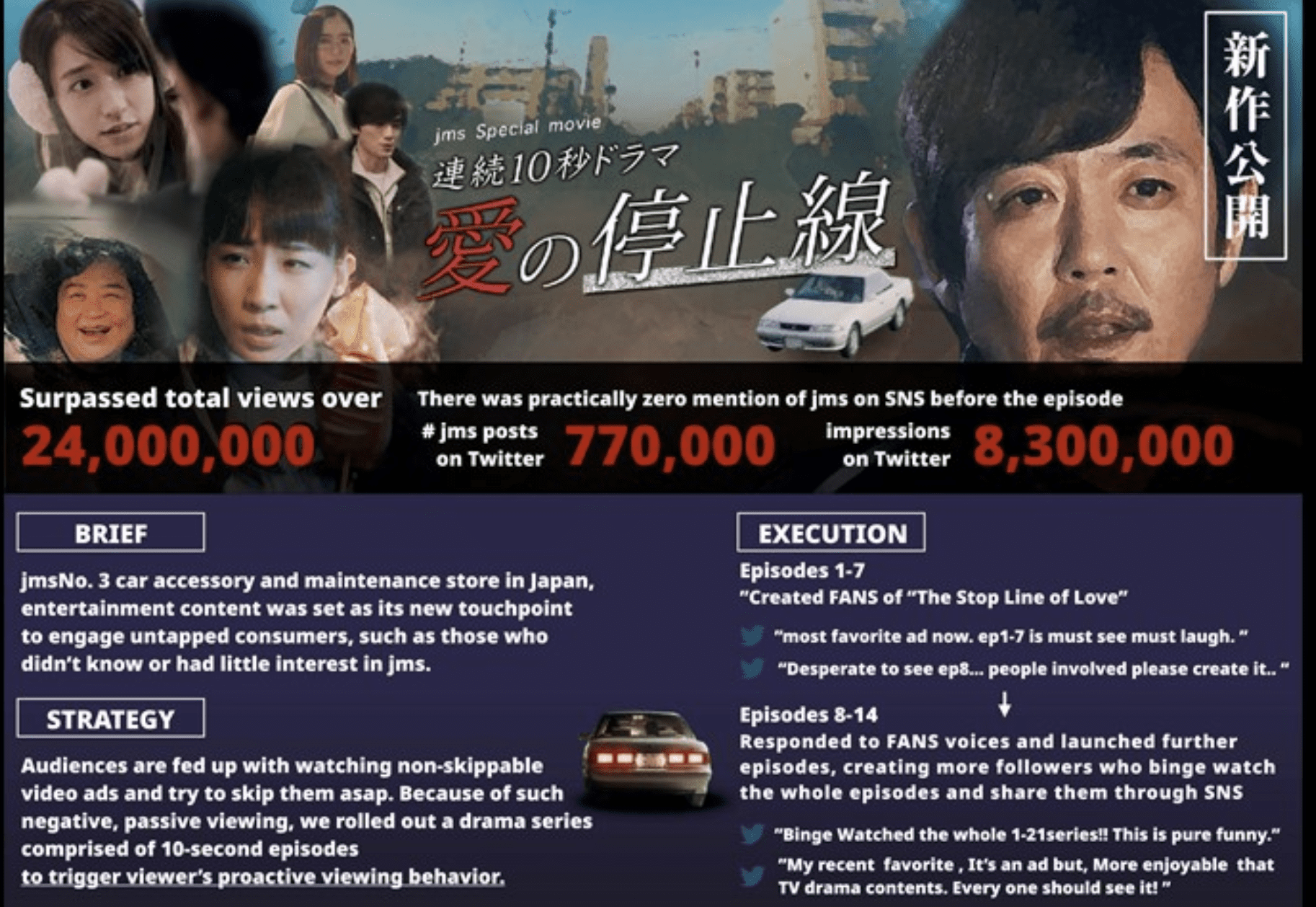
‘The Stop Line of Love’ series | Photo courtesy of Kentaro Kimura
art4d: In a world where the Internet has become an integral part of people’s lives, has your work process changed compared to before?
KK: The answer can be both yes and no. Consider it from this perspective. If I were a doctor and you were my patient, and we were transported back in time 30 years, I would have had a limited selection of only 4 – 5 medicines available for treating patients. In the past, our options for accessing information and entertainment were limited to television, publications, and videos. Now, we have hundreds of different medications that we can prescribe to help solve problems and create solutions for our clients. On the one hand, it’s better, and we’re continuously learning about these things. At the same time, these work processes are changing dramatically, yet what remains constant is how ‘motivation’ and ‘demand’ continue to be the driving forces behind people’s purchasing decisions. Our job hasn’t changed much in the past, present, or future. We’re still trying to invoke reactions and actions from people.
The pace at which the world is changing is incredibly fast. Electric poles took a millennium to develop, and the Internet followed hundreds of years later. Since then, progress has continued at an accelerated speed, with new advancements occurring in a matter of years, months, and even days. But people remain unchanged. Although there may be some differences, fundamentally we are still the same, especially in terms of our appearance (laughs).
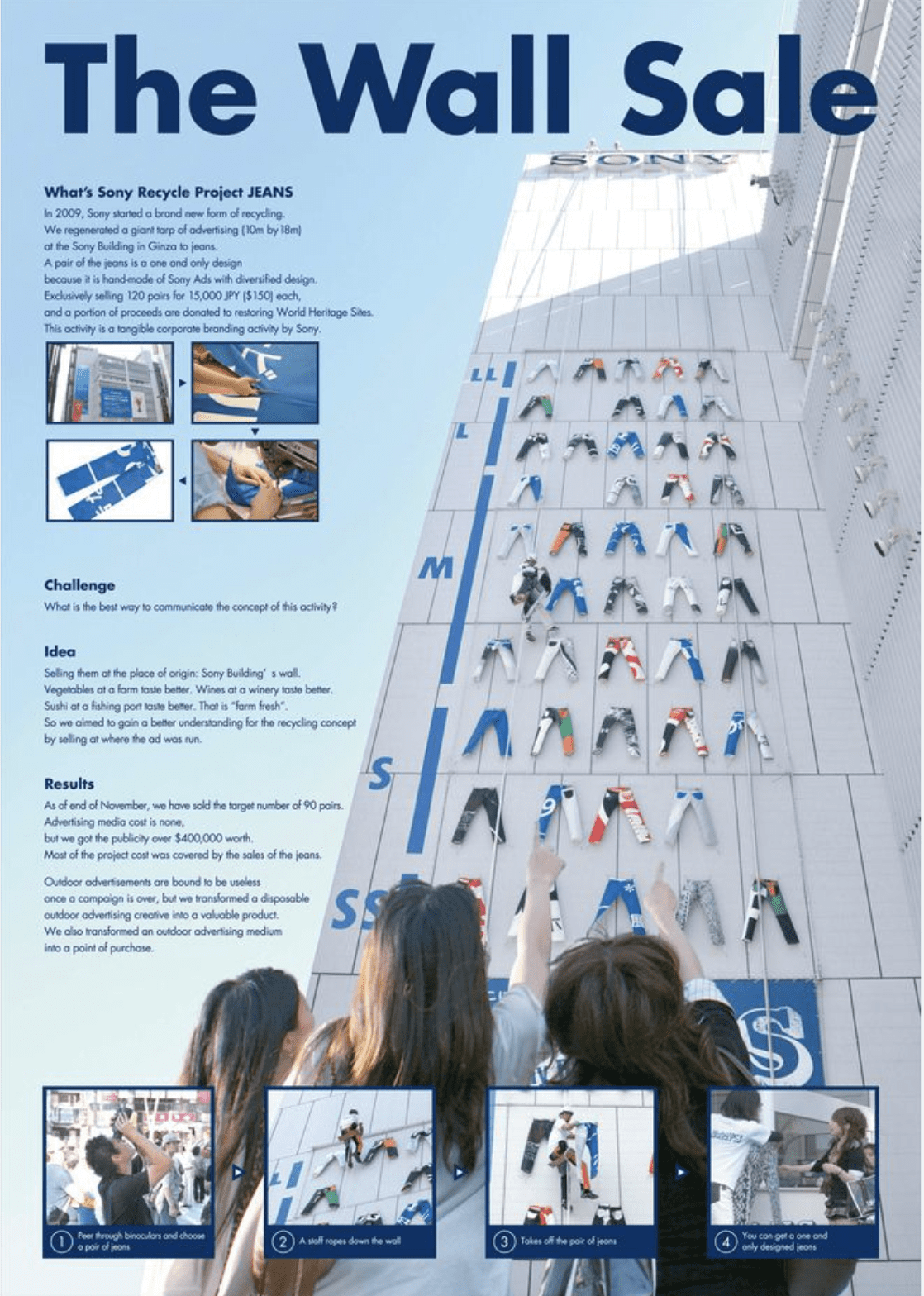
The Wall Sale | Photo courtesy of Kentaro Kimura
art4d: Your works predominantly explore emotions and feelings. How do you perceive the relationship between feelings and humans and the influence that feelings have on them?
KK: One crucial aspect of this job involves uncovering people’s hidden desires. In everyday life, people often express only a fragment of their desires when they speak. For example, if I approached someone and asked what they wanted to eat, the most likely response would be ‘anything.’ It means that individuals may not always have a clear understanding of their desires, and our role is to bring out these hidden wants that lie within each and every one of us.
Dear Japan, From Phuket is an example. Every television channel was dedicated to broadcasting uplifting messages from celebrities, actors, famous athletes, and politicians. Of course, everyone is a part of society, but the issue is that none of those messages came from people who had similar experiences—the people who, too, had suffered from a calamity—so they didn’t carry any weight.

Photo: Ketsiree Wongwan
When the earthquake hit Japan, I was at ADFEST, which was taking place in Phuket at the time. The tragedy brought back memories of the 2004 tsunami that ravaged Phuket. People lost their homes and family members, but those who survived remain a poignant reminder that things do get better. My thought was that these folks, who had been through comparable disasters and were able to get back on their feet, would be the best voices of encouragement for what the people of Japan were going through.
Returning to how our job centers around discovering people’s true, hidden desires, in this case, what people truly wanted to hear was ‘reassurance’ that they would be able to get through this and that everything would be okay. Surviving disaster victims are the best people to convey these thoughts. They comprehend the anguish and sorrow, and their very presence is proof that this, too, shall pass.
art4d: To what extent do you think technology has influenced creative works?
KK: It’s definitely pushing us farther. As Pat Pataranutaporn said in his session, technology is a creator’s partner. There was a show called ADC101+1 that was carried out at ADC (The Art Directors Club), which I used to be a part of, and it brought together 100 art directors to create something using AI technology. That show has truly opened up an entirely novel realm of creativity as well as new opportunities for creative endeavors.
The point is, if I asked chatGPT or Midjourney a random question, the replies I would get would be similar, broad ones. However, if I asked an interesting or creative enough question, these tools could be quite useful in finding some intriguing answers. They are tools designed to make our jobs easier and more efficient.
Another important aspect of creative work is the process of humanization. Because when we talk about technology, we frequently focus on ‘functions.’ Of course, these technologies have been created to make our lives easier, but the truth is that they are not ‘human,’ and it is our responsibility to choose them and use them in ways that will enable effective mass communication.

Photo courtesy of CEA
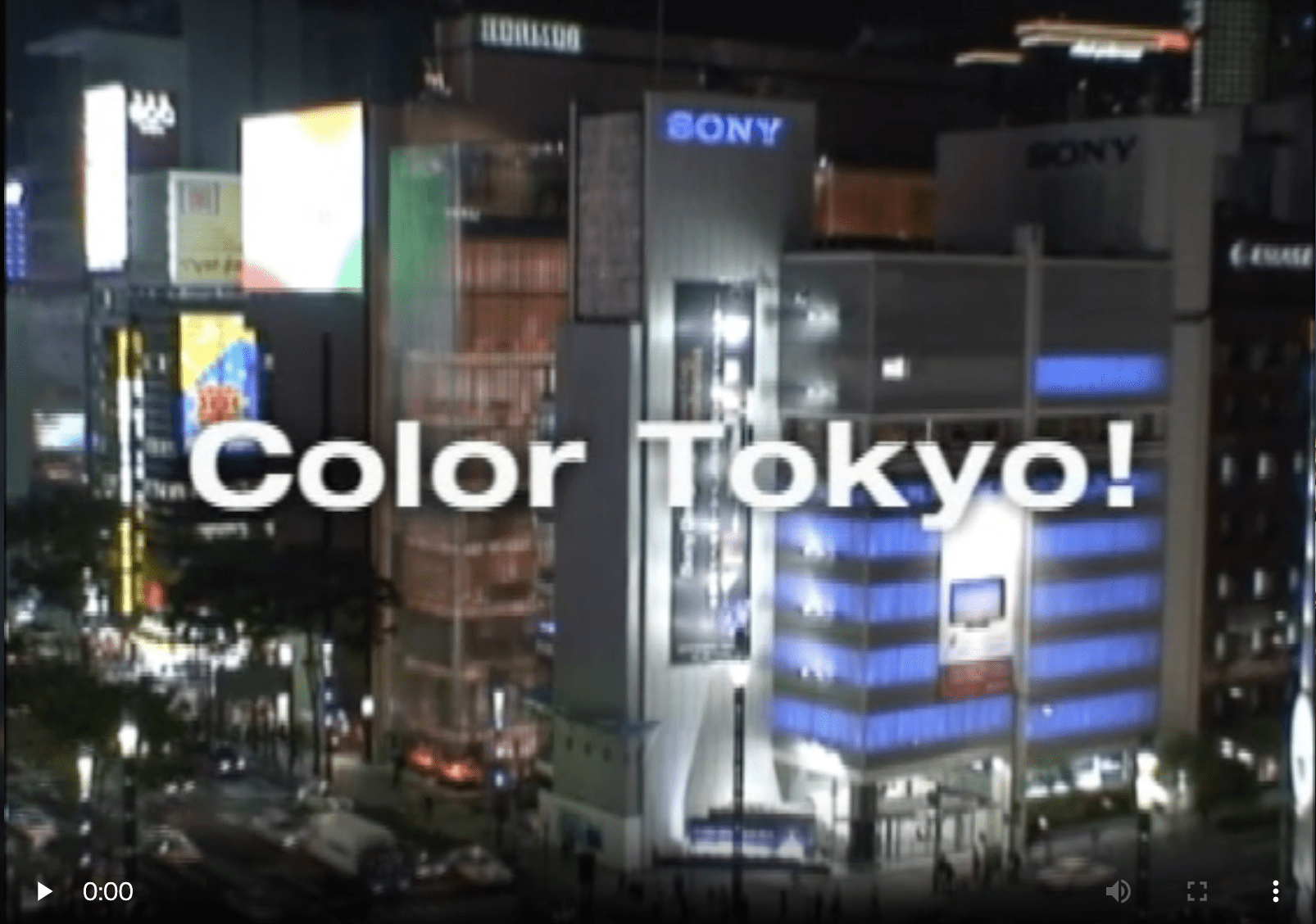
Color Tokyo! | Photo courtesy of Kentaro Kimura
art4d: Do you think your personal life has an impact on your work?
KK: Absolutely! I enjoy traveling and discovering new things to do. I have made a promise to myself that in a year, I will do ten new things, such as traveling to countries I’ve never been to or attending concerts by idols I don’t know (laugh).
I’ve traveled to 40–50 countries, and there are moments when I look at Japan through the eyes of an outsider, and it helps me comprehend and perceive the country and its people more clearly.
art4d: Last but not least, how have you been preparing yourself for the world where everything is moving forward so fast?
KK: The most important thing to me is ‘curiosity.’ It keeps me excited by new things and makes everything more enjoyable—the lifestyle, the technology. Without curiosity, we will be one of those people who fall off the wagon and are left behind. Everything should be okay as long as I’m still curious about people, the future, and technology. (laugh)
Kettle.co.jp
Hakuhodo-global.com
academy.cea.or.th
facebook.com/CreativitiesUnfold


